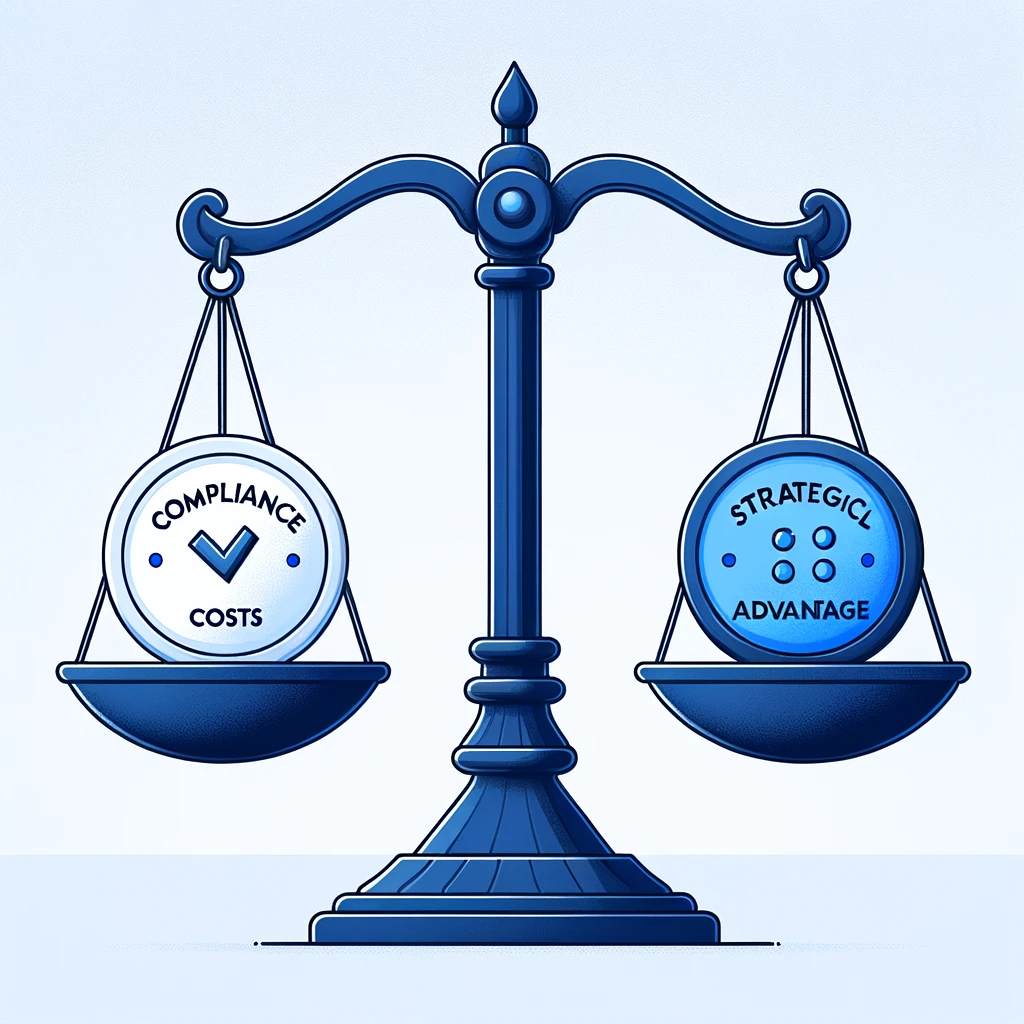Many organizations view regulatory compliance as a necessary evil that adds overhead costs but little strategic value. However, with the right approach, compliance can become a transformative program that reduces risk, drives efficiency, and strengthens trust.
In this guide, we’ll explore strategies for making compliance a strategic advantage rather than a cost center. By taking an offensive rather than defensive stance, compliance can move from burden to business accelerator.
Build Around Key Industry Standards
Construct your compliance program using widely adopted frameworks like SOC2, ISO 27001, and NIST CSF rather than reinventing controls. This cost-effectively meets baseline requirements for your industry.
Then assess additional regulations unique to your business and location. The standards serve as the foundation complemented by supplemental controls that address specialized risks.
Automate Manual Processes
Leverage automation capabilities to embed compliance controls into processes like infrastructure provisioning, access management, and application development. Policy as code tools like Chef InSpec verify compliant configs.
Automation reduces reliance on after-the-fact auditing and expensive remediation. Compliance becomes sustainably built into operations rather than added as a burden.
Shift Security Left Through DevSecOps
By addressing compliance requirements earlier in application development, issues get resolved before reaching production. Security champions can provide guardrails and automated testing gates in the SDLC pipeline.
This DevSecOps approach cuts rework costs while ingraining secure software practices. Make compliance involvement a partner to developers rather than a roadblock.
Advertise Compliance to Customers
Achieving advanced certifications like ISO 27001 signals to customers your trustworthiness as a partner especially for industries handling sensitive data. Promote certs on your website and in RFPs.
Security-conscious customers will proactively seek out compliant vendors over competitors with ambiguous security. Turn compliance into a sales advantage.
Unify Across Hybrid Environments
Leverage cloud reliability and automation to bring consistency across on-prem and cloud environments. Platforms like Azure Policy and Azure Arc extend compliance guardrails to servers and workloads anywhere.
Reducing tool sprawl drives efficiency. Unified compliance architecture also enables holistic data protection, risk management, and auditing across your hybrid footprint.
Reframing compliance as a strategic initiative with payoffs beyond just avoiding penalties opens new opportunities. Partner with our GRC experts at DBGM to transform compliance at your organization.

